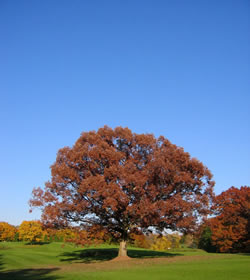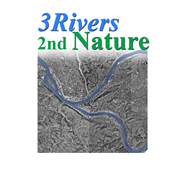Home> Artists & Rivers> Art & Change> Monongahela Conference 2003
The Monongahela Conference 2003 on Post Industrial Community Development
Art, Ecology, and Planning with People:
Influencing public places we care about
Monongahela Conference on Post Industrial Community Development
on the green museum website
 Tim Collins, working with Reiko Goto, Noel Hefele and Priya Lakshmi, identified a diverse group of artists and theorists working with a range of approaches on social and ecological, or environmental change. Artists were chosen for what they do, but also for their ability and previous success in working with others. The conference was an experiment; it provided a setting, a seminar environment to learn about each other's work. We also spent a brief amount of time considering small post-industrial river towns in the Monongahela River valley: Braddock, Homestead and McKeesport, Pennsylvania.
Tim Collins, working with Reiko Goto, Noel Hefele and Priya Lakshmi, identified a diverse group of artists and theorists working with a range of approaches on social and ecological, or environmental change. Artists were chosen for what they do, but also for their ability and previous success in working with others. The conference was an experiment; it provided a setting, a seminar environment to learn about each other's work. We also spent a brief amount of time considering small post-industrial river towns in the Monongahela River valley: Braddock, Homestead and McKeesport, Pennsylvania.
We assumed that the artists and theorists identified for participation in this conference had unique and even divergent practices yet they shared some basic assumptions. First, there are philosophies and methods that provided common ground for all involved. Secondly, the unorthodox approach of art, "opens doors and offers usable solutions that would not have been achievable through conventional methods and institutions." Following these assumptions, the conference organizers were interested in answers to simple questions in the brief three days we had together.
- How do you do your work, what are the goals and intentions?
- What are the methods and means you use in your work?
All participants were asked to answer these questions in the invitation to this conference, on the green museum conference website, you can read:
- The pre-conference flyer.
- The pre-conference papers, with the artists response to the questions.
- The conference event flyer.
- Notes from the conference itself.
- A text that reconsiders the conference and its outcomes.
- Images from the conference.
THE STRUCTURE OF THE CONFERENCE:
Thursday was spent getting to know each other, in the process we began to have a sense of each other's goals / intentions as well as each others methods and processes.
Friday we began the day with discussion, and presentation then we went off-campus for an introductory tour of the Monongahela River Valley and a series of meetings with planners, advocates and community leaders in Homestead and McKeesport .
Saturday, we had four hours to prepare for a public event. In the morning we worked on the following questions that informed the public discussions held in the Braddock, Carnegie Library, in the afternoon.
- How do we influence public places, what are the issues?
- Are there simple evocative ideas for public discussion?

